5 Mins. @ Sunset: CHANGE
Well, I think what we're going to talk about is the idea of change, and as we reflect on change there's two types. There's the type that you adapt to because it's happening to you and you make that adjustment. There's another type of change where you say, "I need to evolve" to what's coming from inside that drives either you as an individual or an organization to say “We want to do better. We strive for more, and we need to change.”
Okay, so regardless of the motivation for change, the questions become, “Why does change frustrate so many organizations? Why does it create such anxiety when it's happening to individuals and to groups?”
KEY ISSUES: “As Is” Definition, Involvement, Communication, Complexity, “To Be” Definition
I think that there are five major issues surrounding change that that make it really complicated. The first one is probably a lack of understanding of the “as is state.” If you don't understand where you are in the as-is state you're gonna have a really tough time taking off towards the “to be state,” and I think that's where a lot of change mishaps start. You really don't know where you're starting.
The second thing is just you know lack of involvement people don't feel involved / participatory in change. Again, whether it's happening to them or whether they're driving through the organization. If folks don’t feel involved, if they feel they not involved. They get stuck in this state of “what is going on?”
The third issue (and probably relates to the second) is the lack of communication. You know as as things happen, people need to know why they're happening, what's going to happen once it does happen, and all the incremental steps going along. Communication for me probably is the single biggest hurdle that everyone has to get over.
BLOOPER REEL
The fourth thing, and people don't really understand it too much as I don't right now because I don't even remember what it is.
The fourth issue is ecosystem complexity. Things are just so complicated that folks just do not have any understanding of what's changing … when. What's changing first, second, or third. People need to understand “what” is changing and “how” it affects them. When the ecosystem is complex or there is complexity in the organization, it makes change tough.
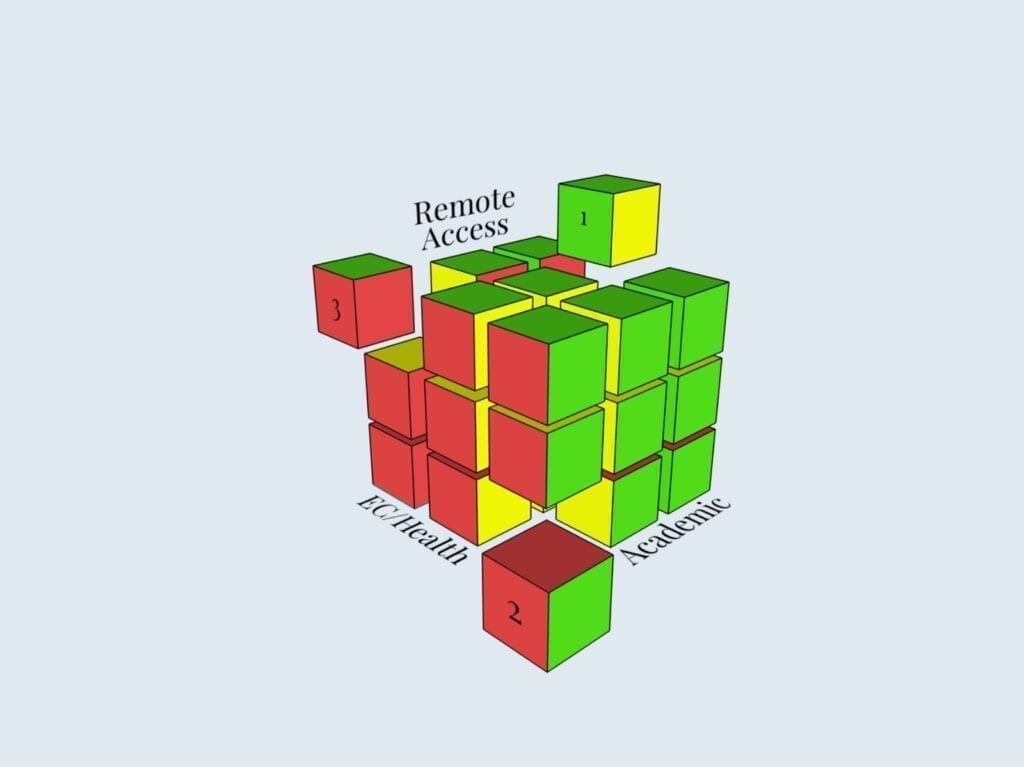
The final issue in my opinion, and i could be wrong, but I have seen this happen in in several situations. Lack of agreement on the “to be state” for the organization. The wasn’t agreement on “where it is we are all going.” I think that as you go through the change process, the having a shared commitment to “everyone's going over there and this is the definition of what over there is.” This provides stability that is good for change. When the commitment to “we are going over there” is not shared … it creates a problem.
When we write proposals, the section that we just talked about is the “key issues surrounding change” part. This is part of problem definition which is a good place to start but that's all it is.
KEY FEATURES: Honesty, Engagement, Bi-Directional Communication, Simplicity, Definition of Success
You really have to understand the key the issues, so you know how the key features of change management that will address those issues. The first feature is a honest assessment of “as is.” You see the country struggling. You see communities struggling, and you see families struggling on honestly defining the “as is” state. Where are we right now? What is the problem that we're trying to address?
You gotta do some real introspection and look at the reasons why. It gets to the second change management feature to address involvement. It’s what we call it is engagement. Getting people engaged in the change process and the only way that you can get that done is really focus on the why.
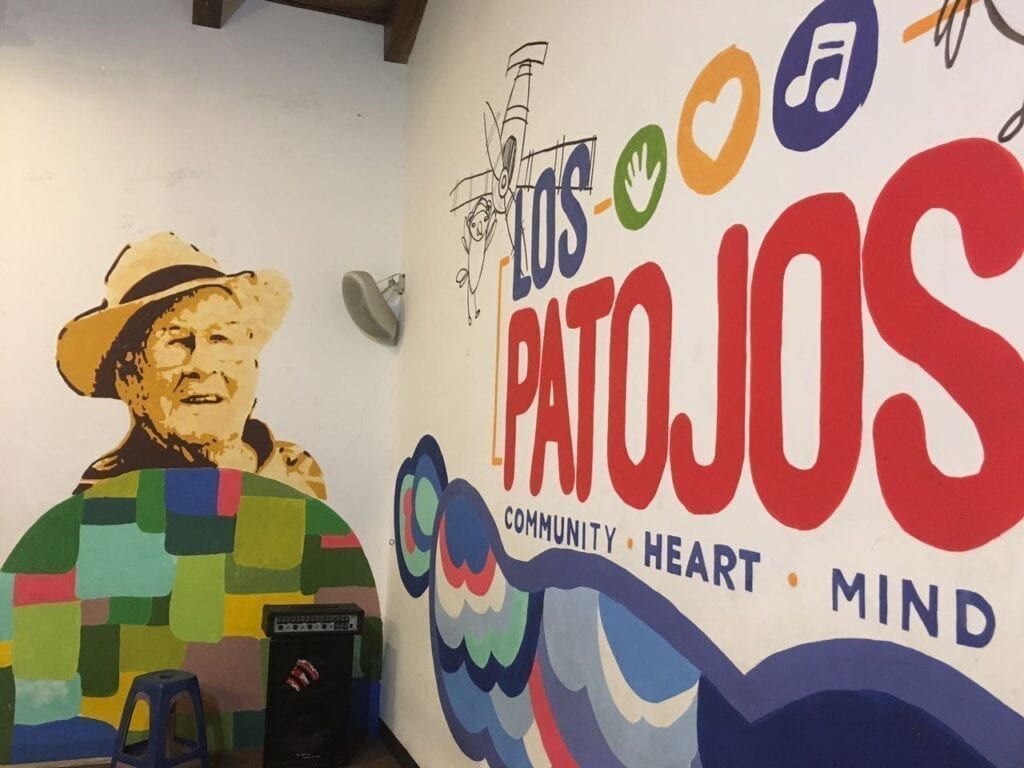
Why are we making this journey from the “as is” state to the “to be state?”
People have got to believe in it, and
it's got to be real, and
it's got to come from the heart and
it's got to make sense in the brain
I think as we see society just flop around it's because the engagement piece. People just don't understand and believe in the “why.”
The third thing gets around the idea of communication. Communication must be done in in a “regular, standardized, and effective” way. You know “effective” requirement really starts to push against the pressure created by “regular and standardized” because regular and standard communication may not be effective. So, you must find the balance between that triangle of how often should we talk, what should we talk, and are we really getting our message across?
It should to be bi-directional communication. It should be from the folks that are driving the change to the folks that the change is happening to. As well as, back from the people who the change is happening to the folks that are driving the change. Again, this fits both flavors of change (adaptation and evolution).
BLOOPER REEL
The fourth one feature corresponds exactly to the same fourth one that i missed before.
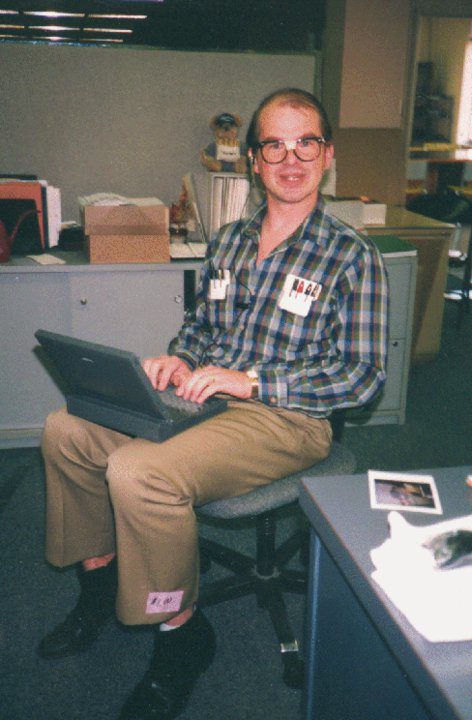
The fourth key feature has to address the issue of ecosystem complexity or organizational complexity. It has to do with what Touch Ross (Deloitte) said back in the early 90s when “rendering the complex simple.” That doesn't mean that simple truths are going to change what is truly complicated. But, you should use basic techniques for triage, organization, and prioritization.
Based on the “why, the where you're coming from, and where you're trying to go” assessments, make things simple so people can eat the elephant one bite at a time. If you can't find a way to communicate and to inspire people ... this is what we're focusing on first, then we're going to go to this, and then we're going to this … it's just gets to be too much and it's too complicated.
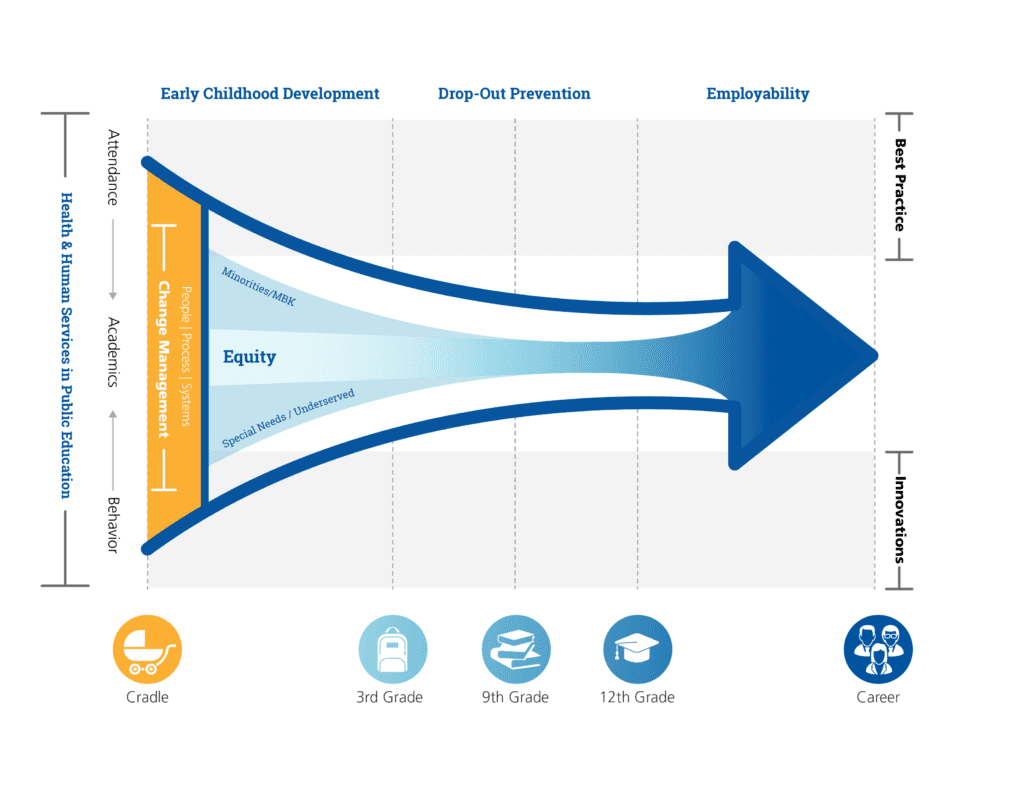
Finally, the fifth feature and probably - equally as important as the other four - would be absolutely articulating definition of success. Being able to say, “we will be successful when we accomplish this,” and having the key performance indicators KPIs that show that you have reached success.
As anyone who's gone through significant changes it's an iterative process and it's very unlikely that your definition of “as is” and “to be” when you began, in the middle, and at the end will be the same. There must be adjustments, flexibility, adaptation to in fact go through the change process.
CHANGE MANAGEMENT TOOLS: Data Driven Decision Making, Communication, and Teamwork Technology
I think those are big five features needed to address the five issues as it relates to change management. We've talked about key features of one's approach to addressing those key issues, but there are three tools or techniques that change management mandates.
The first one is data driven decision making. People have to make decisions based on accurate information that is timely/consistent and provides decision makers with information that goes beyond hysteria, emotional response, or reactionary impulse.
Just like if you're driving your car or flying your plane. You look down and see that gas needle in the red with five miles to go. You respond very differently than you do when it's halfway full. It's also very different than you're listening to the radio, and the song's playing makes you cry. Well the journey is going to continue either way.
You're just having an emotional response, and I do not believe good change management can be affected by simply dealing with feelings. I'm sure people are gonna say that you can't take the emotion out of change. I think that gets into engagement and communication. But, really taking the time to set up the data driven metrics to know if we are winning or losing is change management tool #1.
Number two is make sure that people have tools like TEAMS and ZOOM. Folks need communication tools so that they can confirm what is said/heard. It’s just like flying an airplane. You get a command from ATC, then you repeat the command. So you know without a shadow of a doubt that you heard what you're supposed to do and you're responding in the right way.
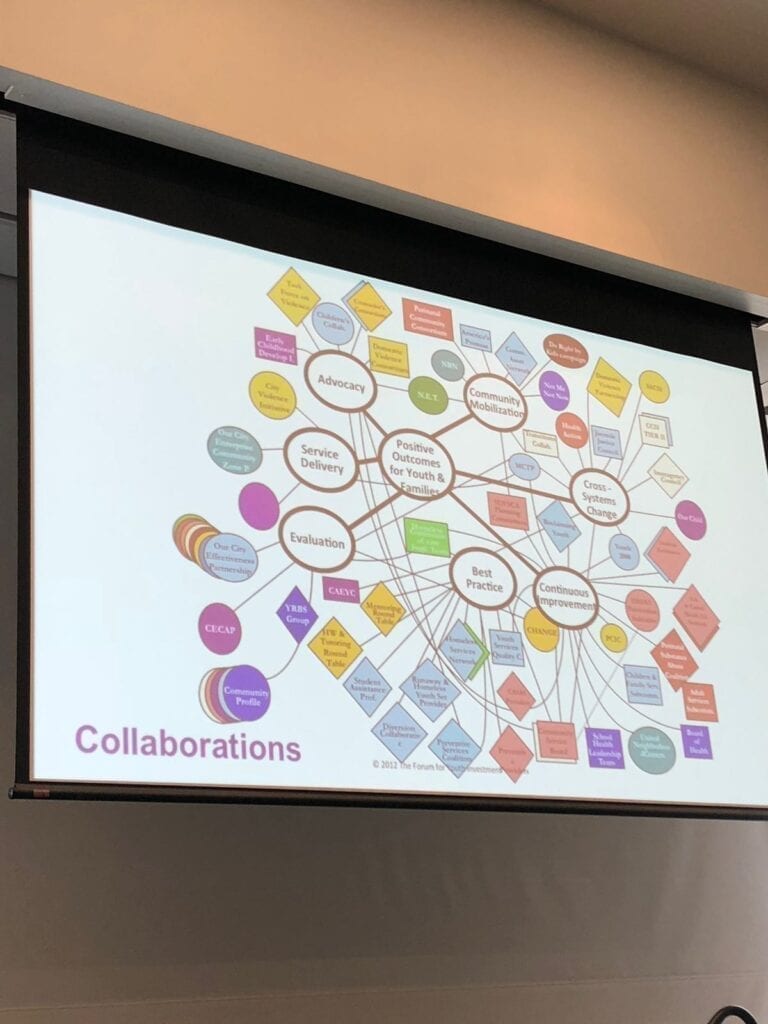
Finally, you know every business, every project team, every church, every organization has thrived and survived based on teamwork. Having the elements of teamwork and the aspects of what makes a good team be present throughout the change process is going to make a big difference, too.

Those are my thoughts and that's Five Minutes @ Sunset.

Thank you. Appreciate ya'll.
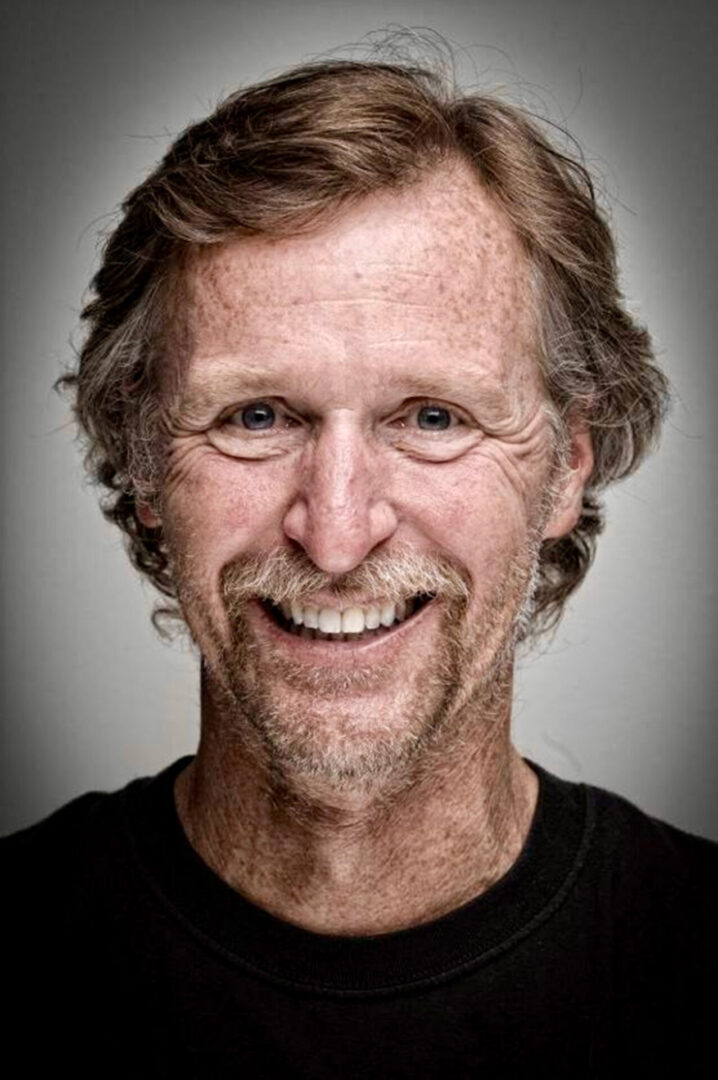
Tony McLean Brown
A Western NC hillbilly through and through, Tony McLean Brown was born in the small town of Enka-Candler outside of Asheville. His parents re-named him when he was 3 years old to Tony (a nickname provided by his grandfather) McLean (middle name of his Uncle Michael) while retaining his legal surname Brown.
Throughout his career, Tony McLean Brown worked as a farmer, computer programmer, and management consultant – in his adventurous years – author, song-writer, bass player, poet, pilot, mountaineer, certified scuba diver, and competitor in professional bull riding, NASCAR late model racing, Toughman boxing, Crossfit Open, Ironman, pole vaulting, marathon and ultra-marathon running, as well as parenting.
www.HappyGuidetoaShortLife.com has been leveraged to help charities and non-profits across the globe, USA, NC, and Lake Norman area. If you, your family, school, church, or charity has been supported, please take the time to share, like, subscribe, comment, and provide a 5 star review!
